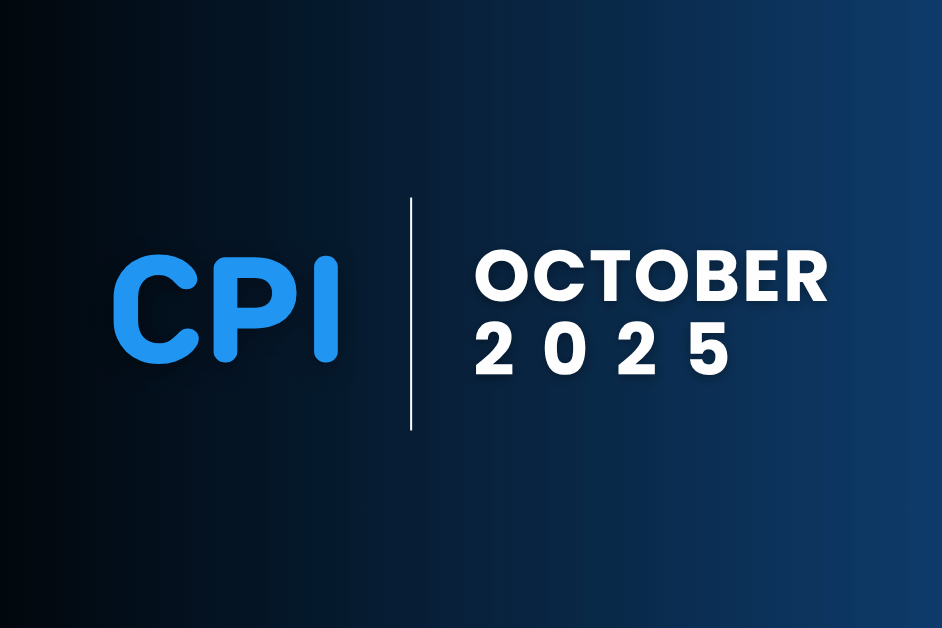“Don’t ask someone to take a survey that you wouldn’t want to take” – Tom Coffield
Keeping survey respondents engaged with your survey is almost as important as crafting excellent survey questions themselves. Without the data your respondents provide, all that hard work will have been for nothing. While you’re writing your survey, we have a few tips on what to do to keep your respondents engaged all the way to the end, providing you with all the data points you need.
Show respect for your target audience
Have you ever talked with someone who made it obvious they did not respect you or your opinions? You probably did not want to have a long conversation with them. In the same way, you need to make sure that you’re respecting your target audience, listening to their opinions, and giving them fair value for their time. This may mean that you should not ask repetitive questions. Keep in mind that panel companies already have some pertinent information, especially demographic and behavioral information on file such as region, zip code, ailment sufferers, or beverage drinkers by type, etc… You can request that data from the panel and append it to your survey.
Ask all pertinent screening questions up front—this will help you make sure to adjust your quotas ahead of time. Making sure you’re screening up front will also guard against aggravating respondents. It’s rude to disqualify them halfway through a survey.
Treat the survey like a touch-point for your brand/company
Even if audiences don’t know that they’re taking a survey for your brand or company, it doesn’t mean that this isn’t an opportunity for you to express your ideals and values and to make sure that they have a positive interaction with you. Be as transparent as possible with the respondent. When they are taking your survey, they should know about how long the survey should take and how far along they are as they take the survey.
Another part of transparency is making sure you are up-front with the respondents about the incentive they will receive for filling out your survey. Make sure what you’re offering is a fair compensation for their time. One caveat to that, though. Incentives do not belong in subject lines. Leading with your incentive can potentially increase fraudulent responses, which would make your data suspect. You also have an opportunity to thank them both for their participation and for their willingness to complete your survey. This is important to do even if they end up being screened out.
Perhaps most importantly, make sure that you protect your respondents’ privacy and let them know how you plan to do that. With numerous security breaches having been publicized lately, respondents are more aware than ever about how their data can be used and abused. Having a reputation for privacy will help your company or brand stand out from the crowd.
Create a survey the respondent enjoys reading and answering
Do you recall slogging through completely inaccessible textbooks as a student, and how hard it was to stay engaged with what you were learning? Slogging through an uninteresting survey will cause a similar level of disconnect for your survey respondents. There are many ways you can use the design of both the survey and questions to keep your respondents engaged throughout the survey.
One of the most important things you can do is to make sure your survey is formatted appropriately. It’s often appropriate to design your survey with mobile users in mind first, as that has the smallest amount of screen available to use. From there you can decide how the survey will appear on bigger screens.
The questions in the survey itself should also be engaging for the respondents. You can include a variety of question types, so it’s not just the same actions being taken over and over. Some different question types can include:
- Drag and drop for ranking questions – dragging one response from one column to another in order of ranking the top response to the bottom response.
- Sliding scale – sliding the scale for a single rating for a response.
- Highlighting – for multiple responses you can highlight each response instead of clicking on a box
- Short, open-ended questions – using a twitter character counter to shorten responses
You also don’t want the questions to get too esoteric and dense. Just like those old school textbooks, questions that are too heavily laden with industry-specific jargon or are just very long winded (or call for an essay-length response!) will make it easier for your survey respondents to become unengaged. Instead, remember to “Keep It Simple, Silly!” Using easy-to-understand wording will keep readers from being confused. You can also channel your inner Twitter writer! Keeping questions and possible responses between 140-280 characters in length can help keep things from getting overwhelming.
Additionally, keep your questions relevant to the subject you’re asking about. That doesn’t mean you should shortchange yourself. Making sure all the basics of the research project are covered and ensuring you have usable data are both imperative. You can enhance your questions by including audio or video examples. This gives your respondent something concrete, and will help them understand questions more quickly
Put yourself in the survey respondents’ shoes
You need to have some empathy with your survey takers. If you’re unable to complete the survey or stay interested, how can you expect your respondents to do the same? To that end, as you develop your survey, solicit feedback from your coworkers and/or clients. More importantly, act on that feedback! Your peers will have insights that you may not, because they will not be as close to the survey as you have been. You can also pilot the survey among clients and coworkers who haven’t been as involved in the survey itself. In some cases, you may even be able to do a limited run with actual respondents, as we’ve discussed previously.
The language you use within the survey should also be motivational and empathetic. It’s easy to become overwhelmed with surveys and encouraging your respondents will help ensure that you get the data you need.
As you craft your survey to maximize respondent engagement remember to the golden rule of surveys – focus on empathy. Respect your users, their time, and their ability to complete your survey. Remember the mantra: “Don’t ask someone to take a survey that you wouldn’t want to take”
Related blogs
Prime Day 2025 for Durables: Shopper Intent, Promotions & Where to Focus
Prime Day 2025 broke the mold. For the first time, Prime Day ran four full days, spanning July 8–11, twice the usual length, and emerged as Amazon’s…
Related blogs
Consumer Price Index: Durable and Personal Goods | November 2025
This is the December 2025 release of the OpenBrand Consumer Price Index (CPI) – Durable and…
Consumer Price Index: Durable and Personal Goods | October 2025
This is the November 2025 release of the OpenBrand Consumer Price Index (CPI) – Durable and…
Consumer Price Index: Durable and Personal Goods | September 2025
This is the October 2025 release of the OpenBrand Consumer Price Index (CPI) – Durable and…
Consumer Price Index: Durable and Personal Goods | August 2025
This is the September 2025 release of the OpenBrand Consumer Price Index (CPI) – Durable and…





